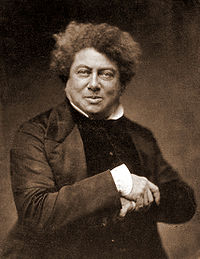 Recently we watched the movie version of The Count of Monte Cristo in class and I really enjoyed it. It prompted me to do some quick research on Alexandre Dumas, the author of the book, and I realized that the reason that the story seemed so quintessentially adventure was that it is the archetype for every adventure story written afterwards. The mentor, the wronging, the beautiful woman, all of them staples of movies like Star Wars, Indiana Jones, or The Rocketeer. Not only that but the story was incredibly entertaining for something written in the 1800's. The only thing that marked this as an old story is its heavy religious moral. In all, I am very glad that we got to watch this movie, since I had no idea what it was about and it surprised me tremendously.
 On Sunday, I shadowed a doctor named Rachel Sawaya at St. Joe's Mercy Hospital in the Pediatric Emergency Room. The experience was enlightening to say the least. I began the evening by seeing a man who was having stomach issues. I brought up his age with Dr. Sawaya and she told me that the Pediatric ER has been increasing its age limit all the time because with money short, they can't afford to run a section of the hospital that isn't full all of the time. I also learned a lot about the road to becoming a doctor, from undergrad to Med School and residency. A lot of the doctors in the room mentioned that they were really in debt because of all of the school that they had had to pay for. This worried me, because one of my main motivations for becoming a doctor is that I would like to be paid very well.
 This year there is a new graduation requirement: a Senior Project. The Senior Project is where you choose a long-term project designed to further your career while demonstrating your ability to research, present, and follow through. When our projects are complete, we present them to a panel of school officials, teachers, and parents. The project is pass/fail, and we must pass to graduate. I chose to shadow a doctor at St. Joe's because I want to ultimately obtain an MD.
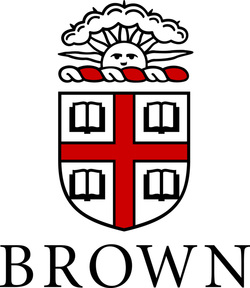 Yesterday I had an interview with an alumni with Brown University as part of my application there. I think it went well, but I learned a few things along the way. One is that I should have anticipated some of the stock questions that he was required to ask and created answers through research and charm that would produce the best impression. I only did extra research into Brown the day of the interview and I think that that hurt me. Also I learned to latch onto things that you have in common. I have acted for 11 years and my interviewer was a theater major so we discussed the theater scene at Brown extensively. I think that the theater interest from a person trying to get into Med School will be a big boon to my application, so I am glad that my interviewer will probably make a big deal of it to Brown.
 The Fishbowl discussion is a way of collaborating with a large group when analyzing media. The idea is to take a smaller group of people from a large group and put them in the middle of the larger group and have the small group share their thoughts on the story. Then everyone has seen a bunch of new perspectives and gets a boost on their own analysis.
 I learned a lot from Career Day, the habit of researching important people that you're going to meet, the value of small gestures, and all of the planning that goes into these sorts of events. Researching people who are alive is not something that had ever occurred to me and has made itself useful to me already. Small gestures, such as creating a brochure, or knowing a person's background, things that show you took a little time can really endear you to a person. Finally, I realized how much work goes into these types of events and I have a new found respect for the organization that goes into making a machine like that run well.
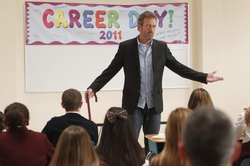 We recently held a career day for the GLPP Academy at our school and I was a host. The career day was essentially bringing in successful people to speak about their careers and what got them to where they are today. As a host, I (and my partner) did research on the guest that we were assigned to and prepared a brochure about the things at Ypsi High that my partner and I felt would interest our guest. On the actual day, we met our guest at the door, talked to him for a while, led him to the room he would be speaking in, and introduced him to every class. Our guest's name was Robert Scott, he worked for P&G for 30 years and was a computer engineer at the time when everything we take for granted today was being pioneered.
 Four corners notes are a technique of analysis used for any form of media. The premise is that you divide your paper into for quarters or corners, then title each box as a type of literary element to watch for in your story or movie or play or what have you. The technique is slightly misleading, though, since you typically do a front and back side, creating a paper much more akin to eight corner notes.
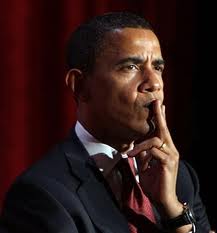 I now feel confident in my ability to analyze stories on my own. I did well identifying symbols and finding themes, as well as sensing the mood throughout a piece. I did fall down on writing about tone and diction, though. In the future I need to think more about how the author's word choice affects the story, and what feelings are behind the story.
I found almost all of the symbols in the story, but I do need to remember to write them all down, and not focus on one thing. I also did not write about the mood of the story, but I certainly recognized it, the story made me feel decidedly melancholy for a while.
What I need to fix is my output. While paying attention to word choice and tone are important, what's more important is putting my thoughts onto the paper. Analysis is no good if I cannot remember to share it. The main lesson that I've taken from this is that I ought to organize my thoughts so that it is easier to place them all in a paper.
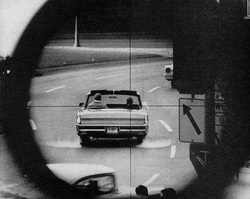 We read the short story "American History" by Judith Ortiz Cofer today. The story followed the coming of age archetype for a young Puerto Rican girl living in a huge, run-down apartment building in Paterson, New Jersey. The central symbol of the story is the snow in Paterson. The narrator describes it as grey and slushy, and feels like it is never white, while at the end the narrator won't look at the snow as it falls to the ground outside her window. The snow represents innocence for many different facets of the character. JFK's assassination occurs during the story, and it takes the country's innocence, thus the early, grey snowfall covering Paterson. The main plot is concerned with the narrator's personal loss of innocence, though. She likes a boy who lives in a house next to the building she lives in and has arranged a study/date with him, but his mother, who answers the door, is not interested in this arrangement. She tells the narrator to get out and that the narrator and her boy needn't be friends. It is unclear whether this is a reaction to the girl's race (Puerto Rican), status, or to the stress of JFK's assassination. The truth is that it is likely a combination of all three. I think that the theme here is that people lose their innocence in different ways, and that often the sadness and anger caused by that loss can create a chain reaction.
|










 RSS Feed
RSS Feed